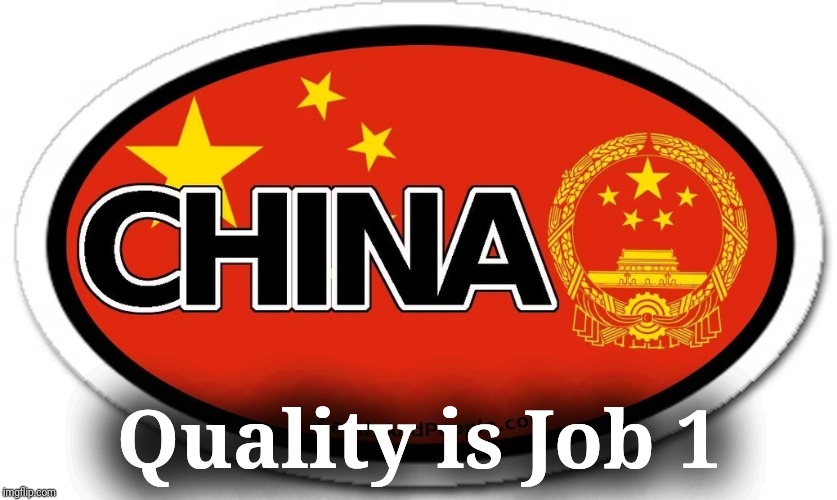I was lacing a RH212 motor, when this happened:

Motor shell literally split in half. Since it's the first time I witnessed this, I wonder if any of you had a similar experience.
A careful inspection of the outer shell revealed many tiny pores in the shell, some of them more than 2mm deep. I suspect they weakened the outer ring, which is already super thin because of the back iron, and allowed a crack to form.


Motor shell literally split in half. Since it's the first time I witnessed this, I wonder if any of you had a similar experience.
A careful inspection of the outer shell revealed many tiny pores in the shell, some of them more than 2mm deep. I suspect they weakened the outer ring, which is already super thin because of the back iron, and allowed a crack to form.



